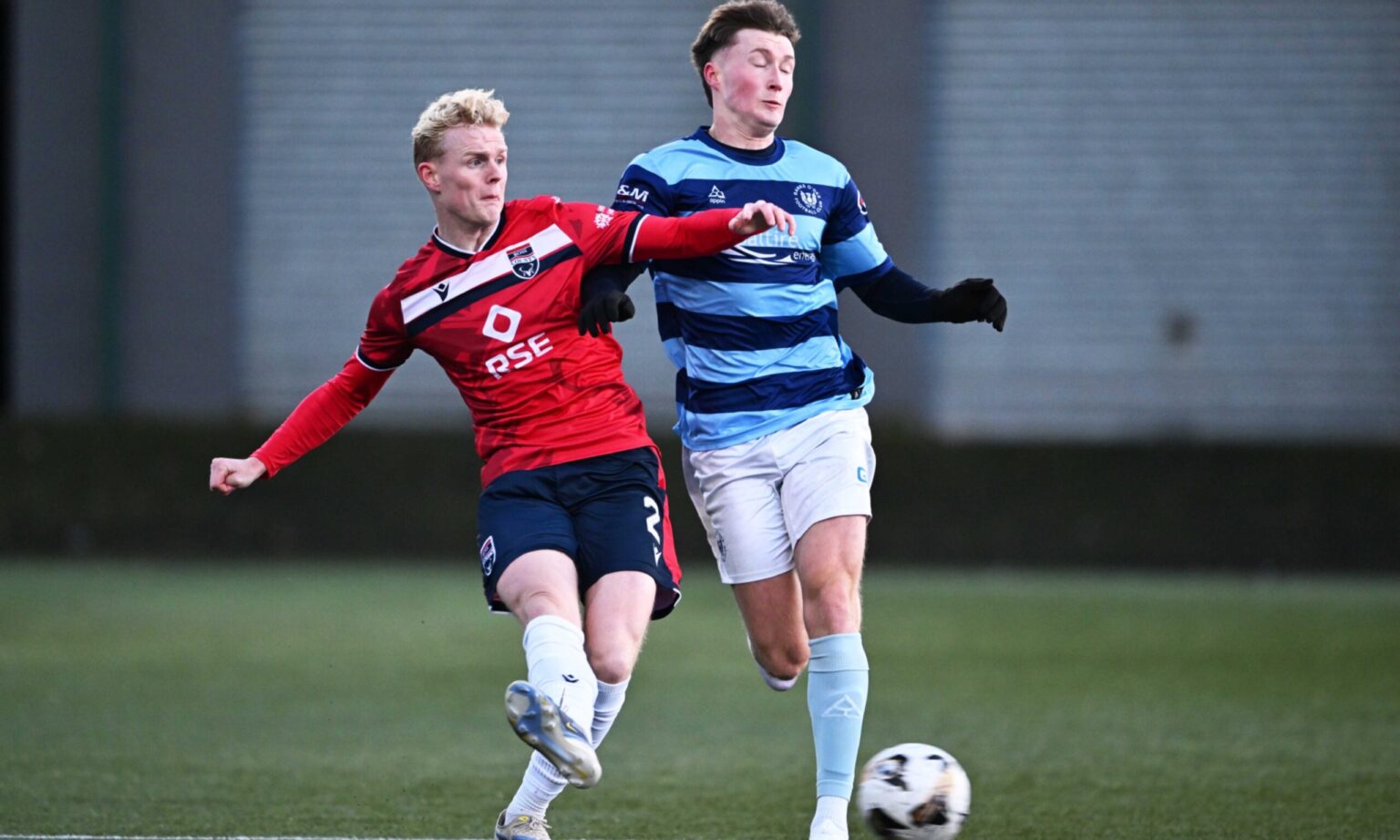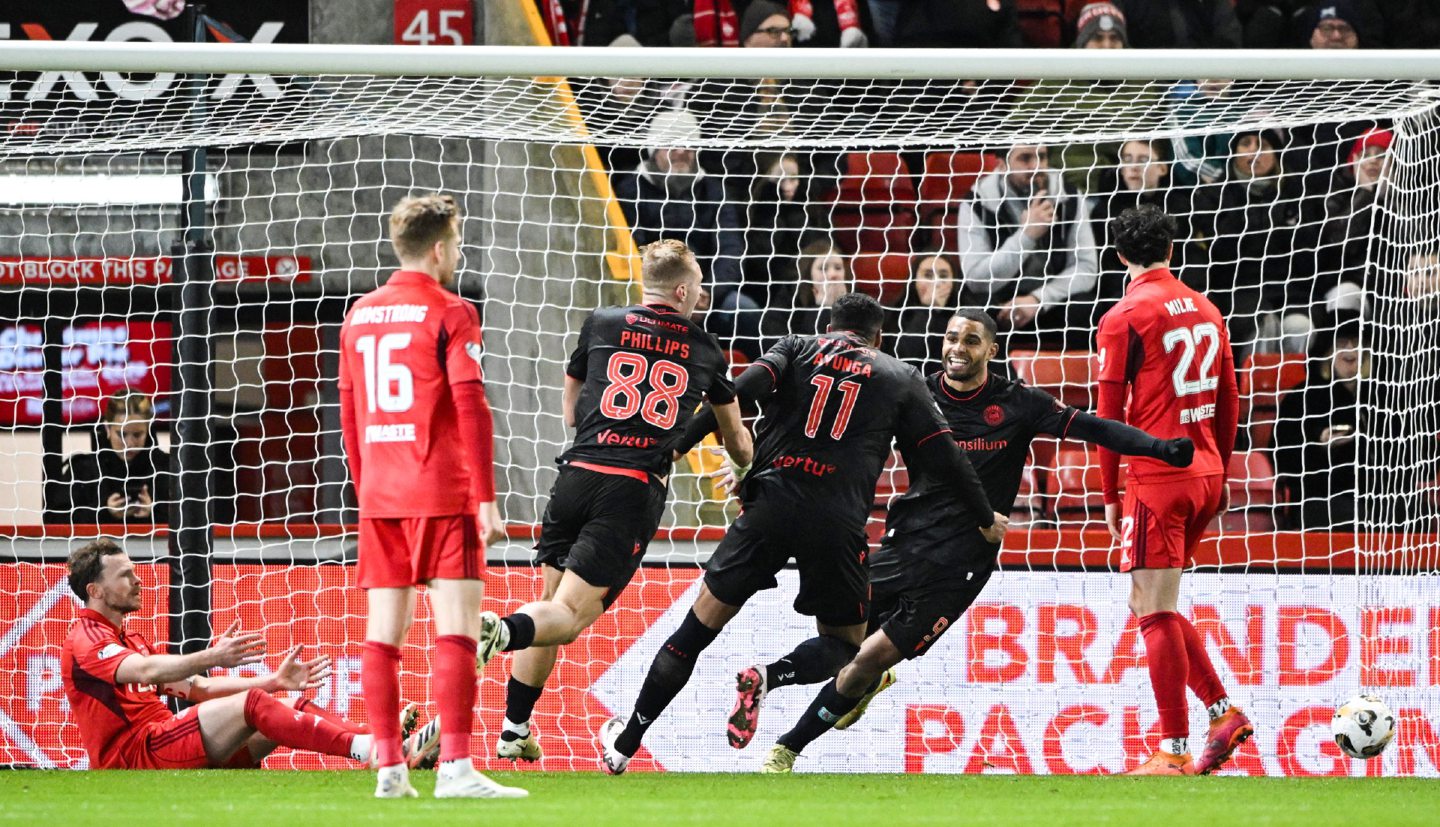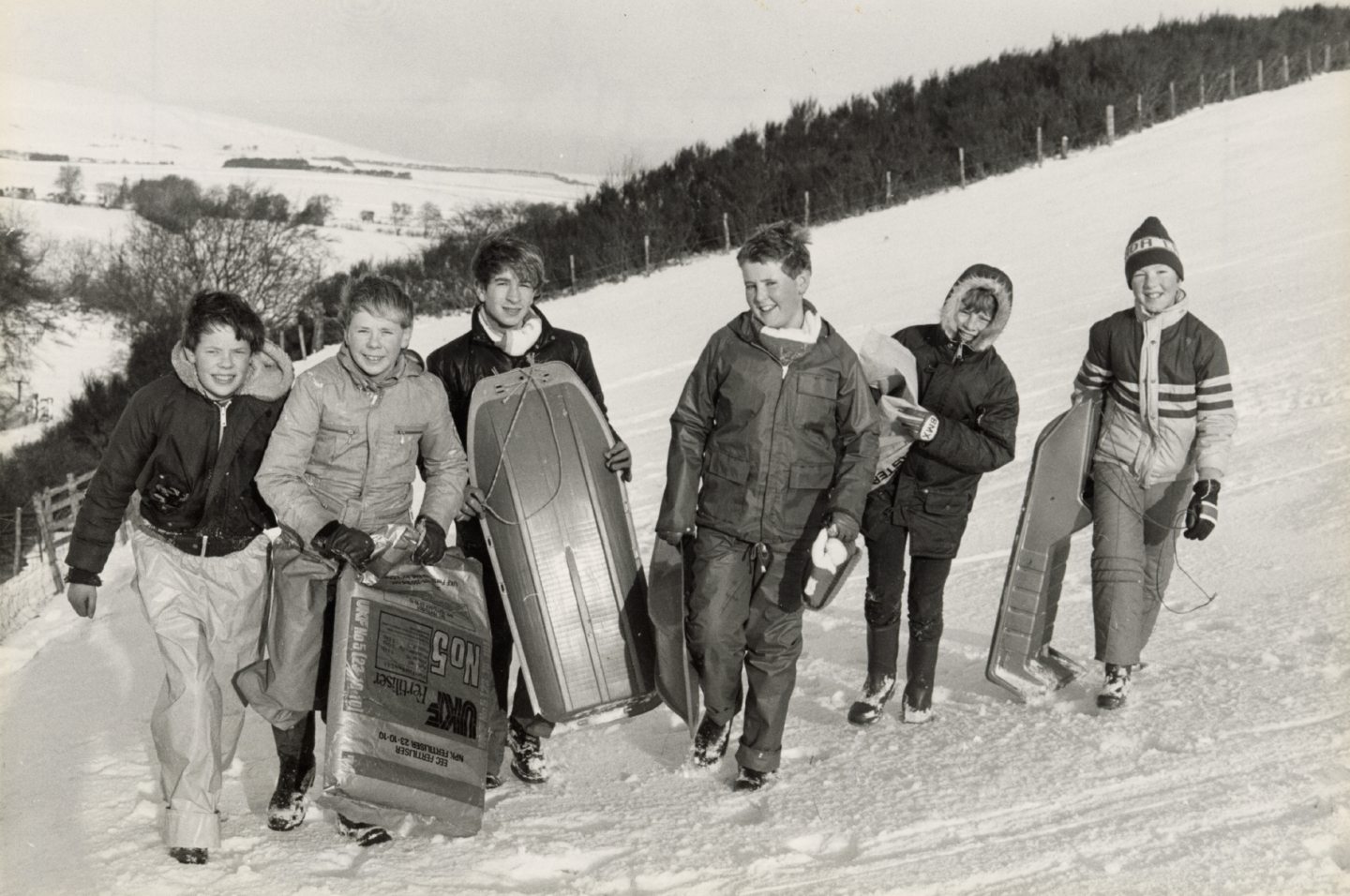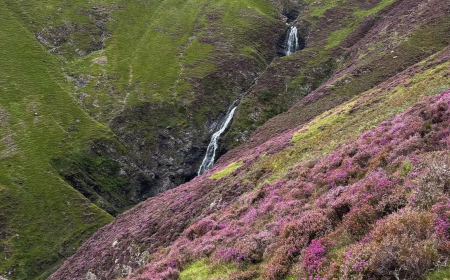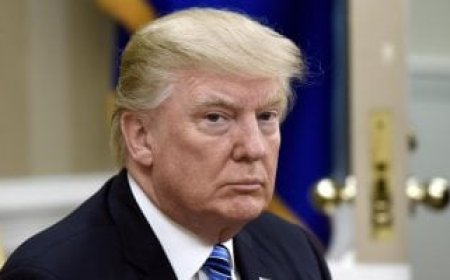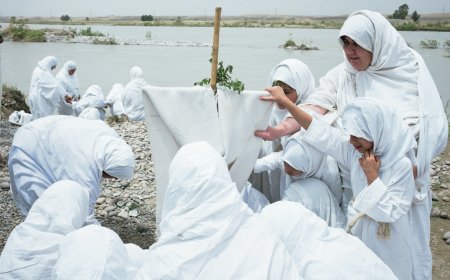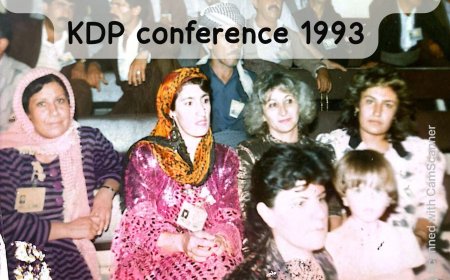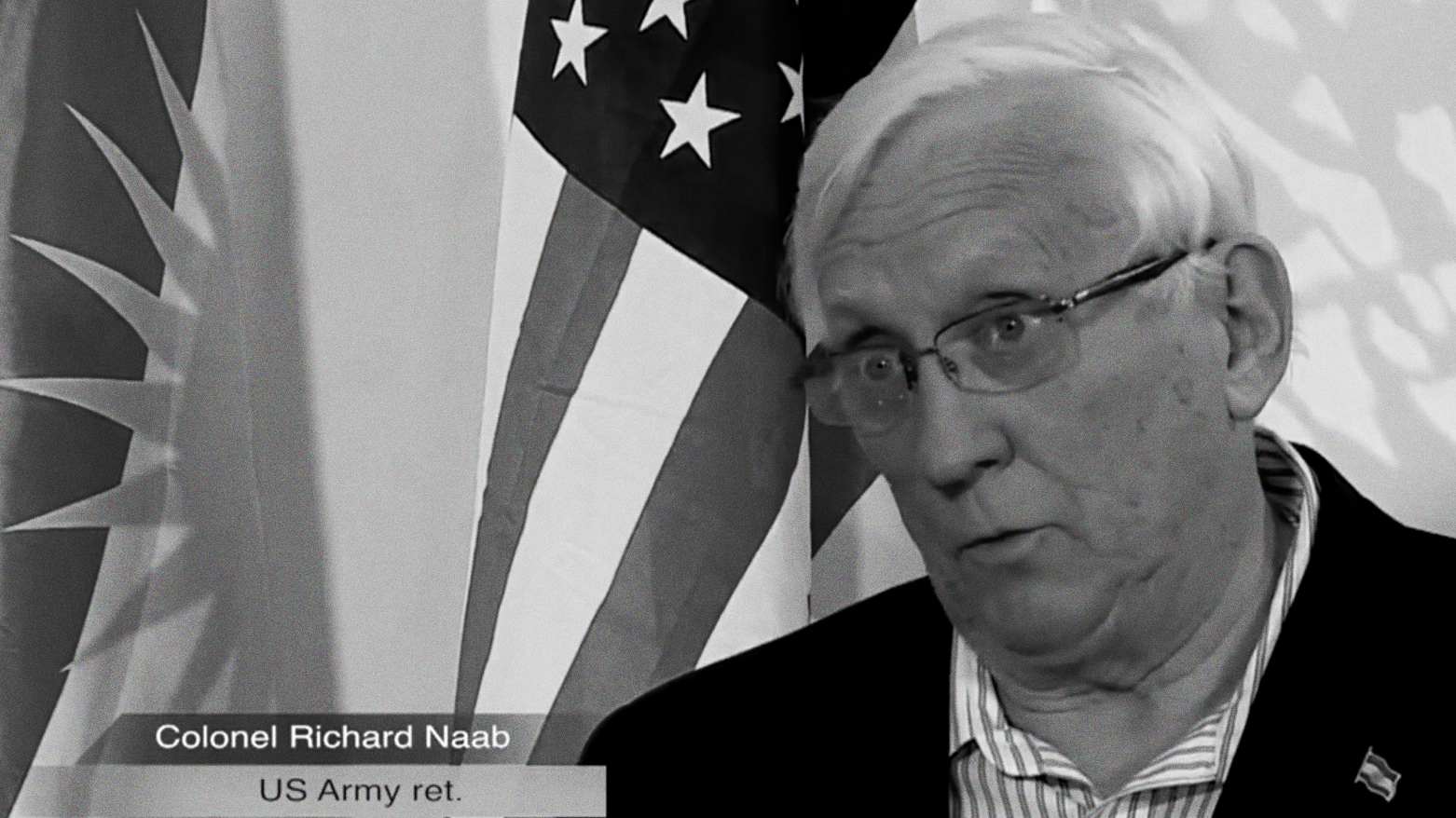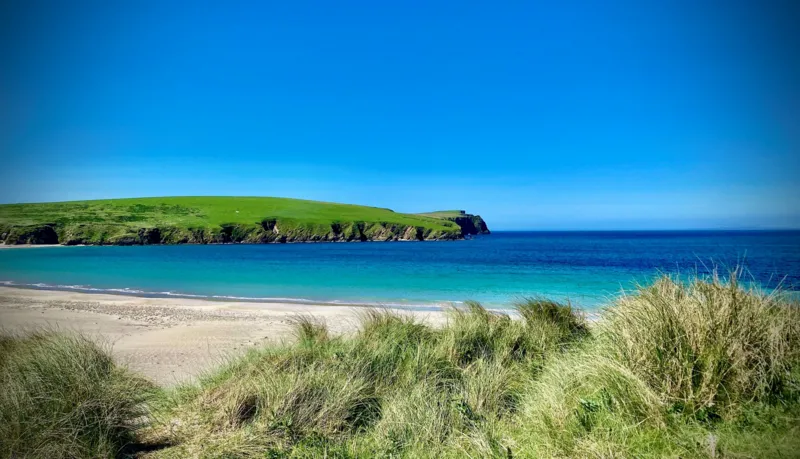Al-Anfal: When the Desert Swallowed Kurdish Souls
By: Asist. Prof. Dr. Seerwan Anwer Majeed
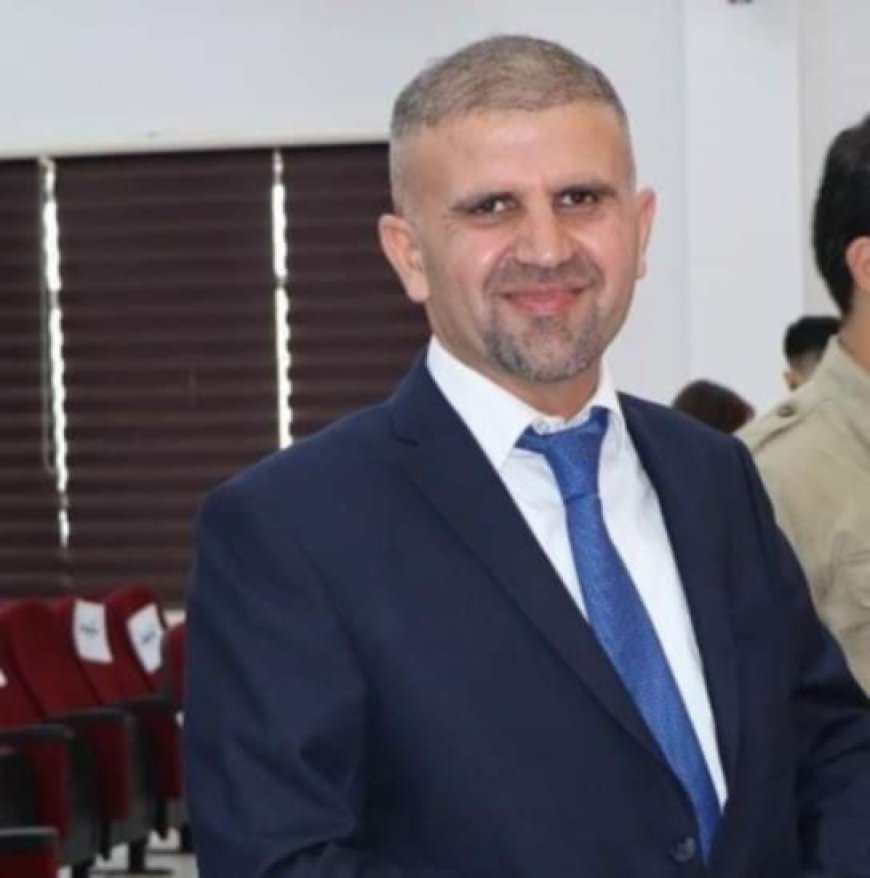
The barren deserts of southern Iraq still echo with whispers: “We were here… before the flood came.” These are the voices of the 182,000 Kurds who vanished during the Iraqi regime’s Anfal campaign in the 1980s—a genocide whose scars remain etched not only in Kurdish memory but on the conscience of humanity. The word Anfal, borrowed from an Islamic term meaning spoils of war, was twisted into a weapon of annihilation. For the Kurds, it became a word of fire—an emblem of betrayal, extermination, and silence. While the world remembers the Holocaust, Rwanda, and Cambodia, Anfal remains less recognized, though it was no less systematic: a state-designed project to uproot an entire people, erase their culture, and dissolve their identity.
The crime began in 1983 with the Barzani tribe. In a single sweep, 8,000 Barzani men were abducted and swallowed by the Samawah desert, never to return. Behind them remained 4,500 women and children, confined to barbed-wire compounds without water or electricity. Life came to a standstill: no births, no weddings, only funerals where mothers dug graves with their bare hands. Women sold furniture to buy bread; children grew up in silence. This was not just repression—it was the rehearsal for genocide.
Between 1987 and 1988, the Iraqi regime launched the full-scale Anfal campaign in eight waves that swept across Kurdistan. Each wave carried the same method: entire villages erased, populations loaded into trucks, executed en masse, or buried alive in mass graves. The numbers are staggering: 80 villages and 5,000 lives erased in Jafayati and Qaradagh in February 1988; 100 villages and 7,000 lives in Koya and Germian the following March; 90 villages and 6,000 people in Chamchamal, Tikrit, and Tuz Khurmatu in April; 70 villages and 4,000 people in Qaradagh and Sharazur in May; 110 villages and 8,000 people in Makhmour and Koya later that month; 120 villages and 10,000 people in Bahdinan by the end of May; 150 villages and 12,000 people in Duhok, Amadiya, and Zakho in late June; and, finally, 200 villages and 15,000 people in the mountain regions by September. When the campaign ended, the toll was black beyond measure: 182,000 Kurds executed or disappeared, more than 4,000 villages wiped from the map, and half a million people displaced, stripped of home and heritage.
Yet the story of Anfal is not just about numbers—it is about the erasure of a people’s existence. Survivors speak of villages turned to dust, songs silenced, and children’s laughter replaced by the roar of bulldozers. “The desert did not only swallow bodies—it swallowed our weddings, our schools, our future,” one survivor recalls. The campaign targeted not just lives, but culture, memory, and identity, seeking to sever forever the bond between the Kurds and their land.
Four decades later, the Kurdistan Regional Government continues to document the names and faces of the victims, demanding international recognition of Anfal as genocide. Justice, however, remains elusive. No trial verdict, no compensation package can return mothers to their children or rebuild the villages buried under rubble. Recognition is not charity; it is an obligation. Anfal is more than Kurdish history—it is a warning to humanity. Leaving it in the shadows risks normalizing ethnic cleansing elsewhere.
Anfal is not a statistic in a history book. It is a scar on the forehead of a nation, a permanent reminder that silence enables slaughter. And so, the Kurdish wind still whispers: “We were here… before the flood came.”
















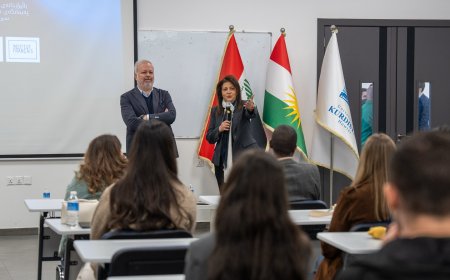
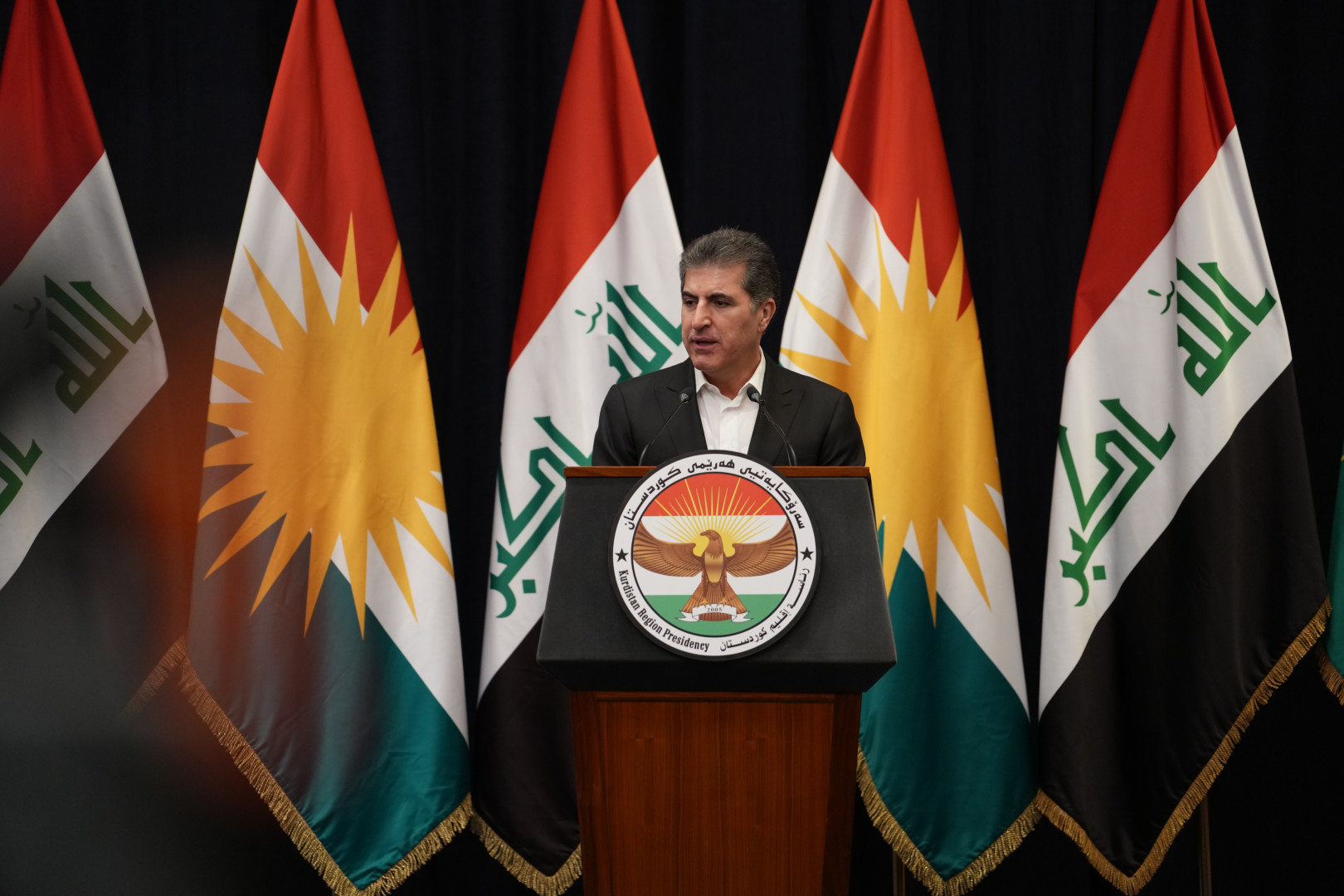
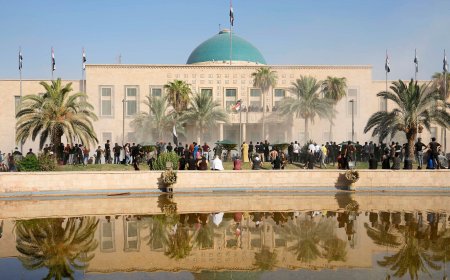



/file/attachments/orphans/1000146612_845134.jpg)




